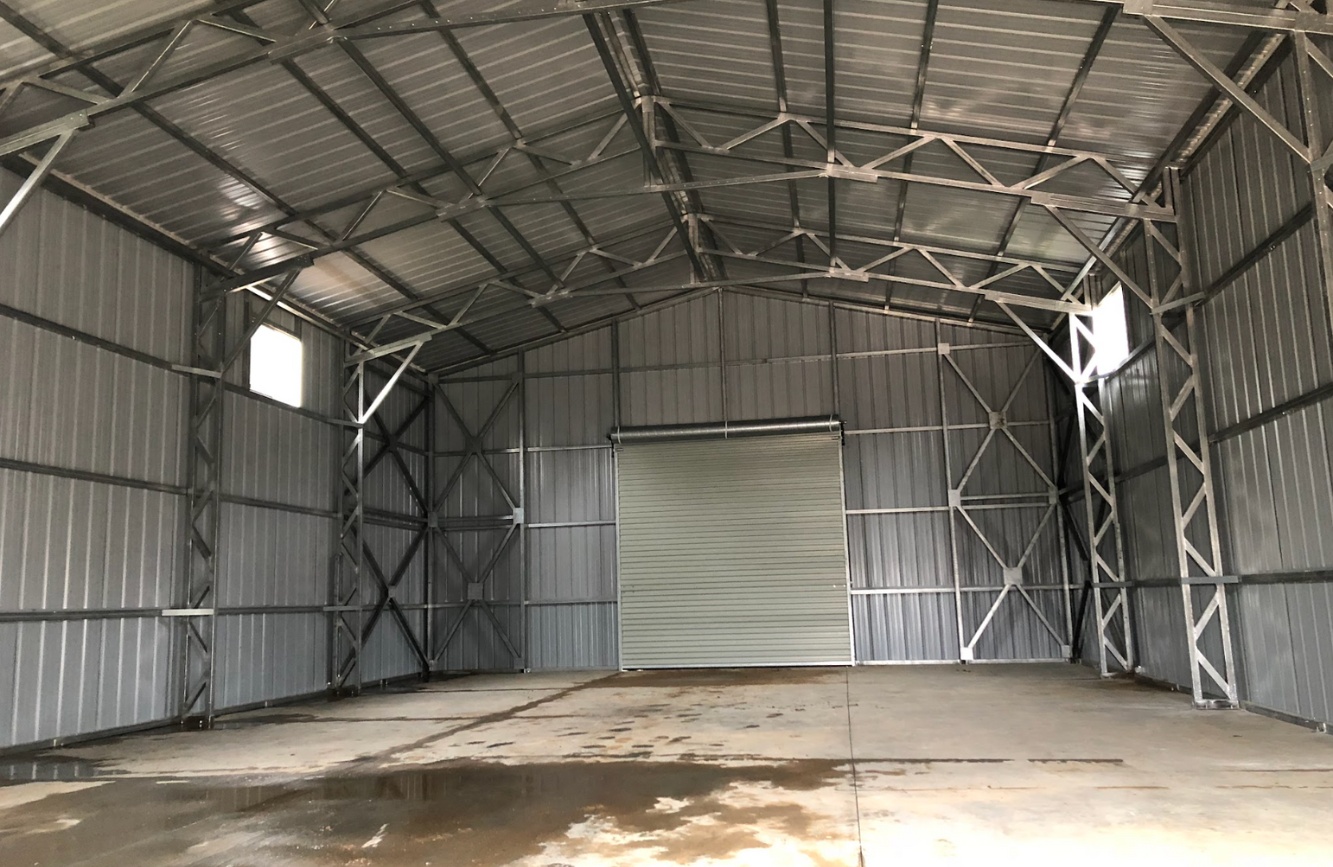
A carriage barn is a historic structure originally designed to house horse-drawn carriages, harnesses, and related equipment during the 18th and 19th centuries. These barns were an essential part of rural and urban estates before the widespread use of automobiles.
While they were built primarily for storage, their design and craftsmanship often reflected the architectural style of the main house or estate to which they were connected. Over time, the role and function of carriage barns have evolved, and many of these structures have been preserved, restored, and repurposed in modern times.
Carriage barns were typically located near the main house or estate, and their size varied depending on the number of carriages, horses, and the amount of equipment that needed to be stored.
Some barns included loft spaces for hay and feed, while others had additional rooms for the stable staff. The design of carriage barns often incorporated large doors to allow easy access for carriages and horses. These doors were usually tall and wide, and the building’s interior was spacious enough to accommodate not only the carriages but also the necessary maintenance tasks.
In terms of architectural features, carriage barns ranged from simple, utilitarian structures to more elaborate buildings with decorative elements, such as cupolas, gabled roofs, and intricate woodwork.
They were often constructed from wood, stone, or brick, depending on the local materials available and the wealth of the estate owner. The style of the barn often complemented the architecture of the main house, creating a cohesive aesthetic across the property.
Today, many carriage barns have been repurposed into modern living spaces, studios, or workshops. They offer a unique charm with their historical significance, rustic design, and spacious interiors.
Renovating a carriage barn can provide homeowners with a distinctive architectural feature that merges history with contemporary living. Some have been converted into guest houses, event spaces, or even commercial businesses like restaurants and boutiques, blending their historic roots with modern functionality.
So, a carriage barn is more than just a relic of the past. It is a testament to the architectural and functional needs of a bygone era, now appreciated for its aesthetic appeal and adaptability to modern uses. Carriage barns remain a symbol of timeless craftsmanship.
